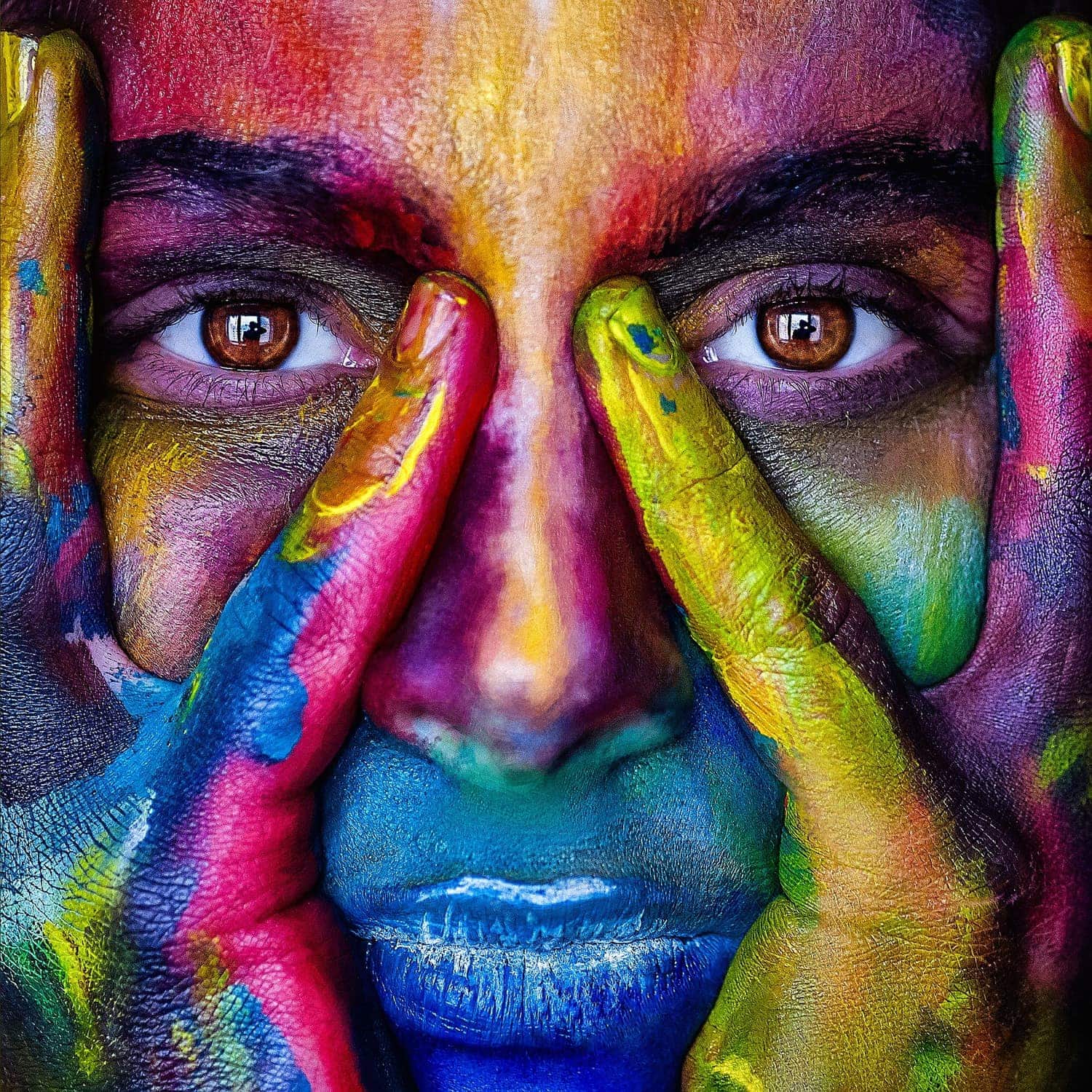If we talk about photography, we talk about art, but on the other hand, not every photograph is artistic photography, we have talked about it before, but you may have missed a little more inspiration and how we love to browse. When selecting images that we believe can help you highlight the artist in you, I suggest you take a look at this article where, through various techniques, the authors have come to an image that goes beyond the objective visualization of the scene. Look?
Silhouettes are the simplest form of an object (we can only appreciate the shape of the contours), but they still have a strong visual impact that we can use to our advantage when composing our scenes.
- Entering the world of macro photography has a magical component in itself.
- Such as the proportion of objects.
- Not to mention playing with color.
- Textures and light.
- Do you remember that an image is made up of many decisions and characteristics that make it what it is?.
We were talking a while ago about the immense artistic possibilities offered by bad weather: Good photographs in bad weather, I told you, and I continue to defend it ;-). The atmosphere that rain or fog, among others, are able to give us, the feelings that are able to evoke, in short, their ability to move us, shake us and inspire certain feelings are undoubtedly opportunities that you can’t let it take to enhance your more artistic side.
You know that photography is literally that, painting with light, and the possibilities offered by the field of light are endless, learning to play with it, controlling exposure, modeling light, anticipating the result, etc. , will make you the photographer you have always dreamed of being.
Movement isn’t just that unpleasant feature of some of our images when working in low light. Conscious, deliberate, provoked or well-used movement is a more artistic resource that can provide us with the most artistic images.
They are completely opposites in terms of technique and results, one is light, purity, joy and white (high key) and the other is mystery, elegance and black (low key), but both are able to effectively transport the viewer to these feelings. . You can read how to do both techniques in this article.
Another creative resource that will help you show your most artistic side, you can play to isolate the shadow and simply suggest it instead of showing it or using it to add more interest and visual power to the image, well used, shadows are an excellent artistic resource.
Playing with depth of field to highlight our protagonist by ingsing the background is a tool widely used in photography. Remember that the depth of field is controlled by the aperture of the diaphragm (the wider it is, the less the focus area in the image is reduced).
They are as capable of destroying an image as they are of giving it a very beautiful and artistic touch, I don’t know why, I love them :-). So do not stop experimenting with those sunset lights that pass through your lens, you will see how more than once and twice you like what you see.
Texture transports us directly to the touch, so it conveys an impression, a reality, that you can take advantage of for your images.
The simplification of the images makes them easier to read and therefore have more obvious messages for the viewer.
Have you thought about the many possibilities that reflexes can offer you?
It is not always necessary to show everything to have a good image
Whether you’re an editor or not, knowing a little more is critical to getting the results you want, you don’t need to manipulate your images to make them artistic if you don’t want to, but learn how to improve the image. through small settings will help you finish describing your photo and your initial idea.
The key to getting an artistic photograph is not to get caught on a first impression, look for more, go further, make an effort, change the angle, perspective, find a better environment and, above all, full. the gaps you can have, imaginatively. In other words, you may want to photograph a door, you can stand in front and take the photo like this, but you can also wait for someone interesting to pass, you can leave it ajar to increase curiosity of the viewer, can you wait for it to have an interesting shadow?
If you practice enough and gradually acquire the photographic language thanks to the knowledge of light, composition and the different techniques offered by this art, you will see how, slow but safe, you advance your ability to express yourself in a certain artistic way.
Don’t forget to share this article so inspiration reaches as many people as possible. Thank you and soon :-).

